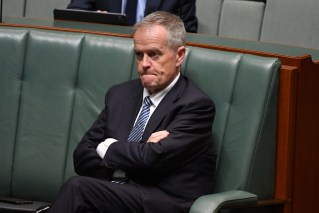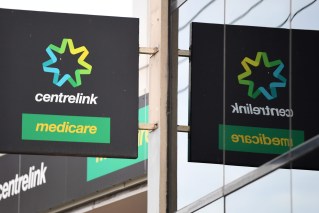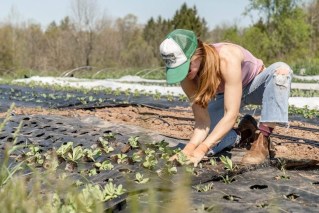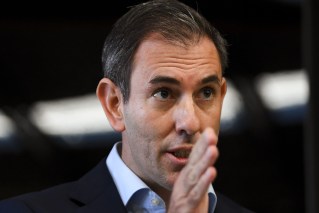With CBD occupancy still low, businesses search for ideas to make returning to the office worthwhile
Office workers were showing a continued reluctance to get back to the CBD with fewer than half returning as the Property Council calls for a reimaging of the city to make the commute worthwhile.

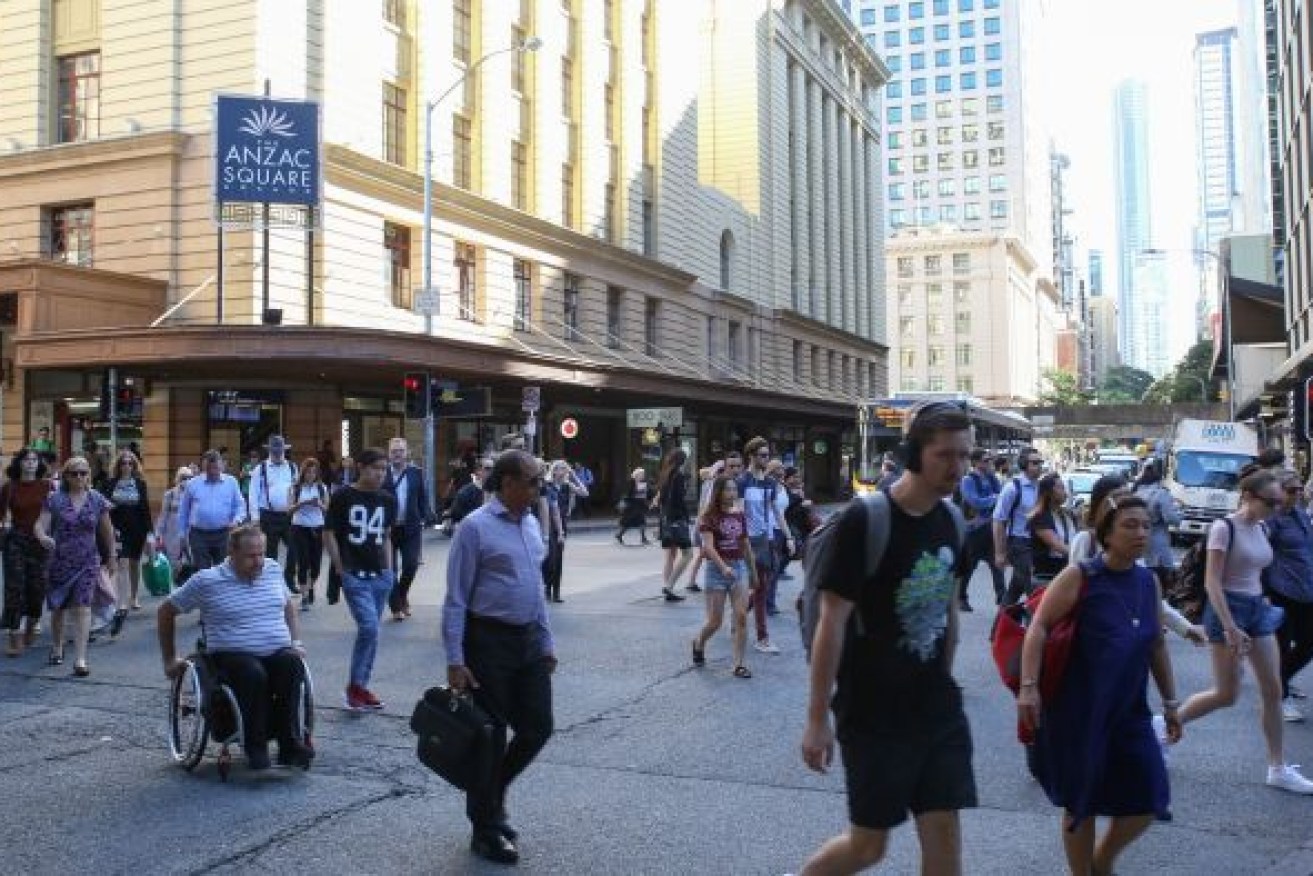
Brisbane office occupancy levels in March lifted 7 per cent to 48 per cent. (File image)
Occupancy levels in March lifted 7 per cent to 48 per cent but the Property Council survey showed that on some days the level plunged to as low as 39 per cent in Brisbane, which indicated many of those who had returned were still working at home part of the week.
While the Brisbane occupancy figures were an an improvement on February (41 per cent) they was still well below levels for the same time last year (79 per cent)
A majority of building owners told the survey they expected a material improvement in occupancy levels within three months, but they had been saying that for some time only to be defeated by lockdowns, restrictions and floods.
The major factor in the occupancy levels remained a preference among workers for flexibility.
The survey showed that Adelaide was the only capital that was above the 50 per cent occupancy level at 61 per cent. Melbourne remains the worst affected city at 32 per cent.
Property Council executive director for Queensland Jen Williams said it had been a slow start to the year and the floods had been a factor in that.
“Fortunately, despite all these factors office occupancy continues to trend in the right direction and Brisbane is leading the race back to the office among major cities,” Williams said.
“Given an increasing number of people have a choice about where they would like to work, there is a greater need than ever to reimagine and refresh our city centres to ensure they provide experiences and collaboration opportunities that make the commute worthwhile.”
She said the recovery was evident, but slow.
Google mobility data showed people were returning to the CBD and it was now only 5 per cent below the pre-Covid benchmark. The data indicated that the city’s retail and recreation visits were back to normal, but public transport remained a no-go zone at 40 per cent below the pre-Covid level.
Regional Queensland has also shown big improvements. The data for Cairns showed 4 per cent increase in workplace visits and a 13 per cent lift in supermarket and pharmacy visits. The Gold Coast visits to workplaces was still down 5 per cent while Ipswich was down just 1 per cent.
Mackay showed big improvements and its workplace visits were 5 per cent above the pre-Covid level. Noosa remained below the benchmark in all areas except visits to residential, which was up 2 per cent.

